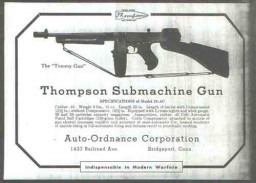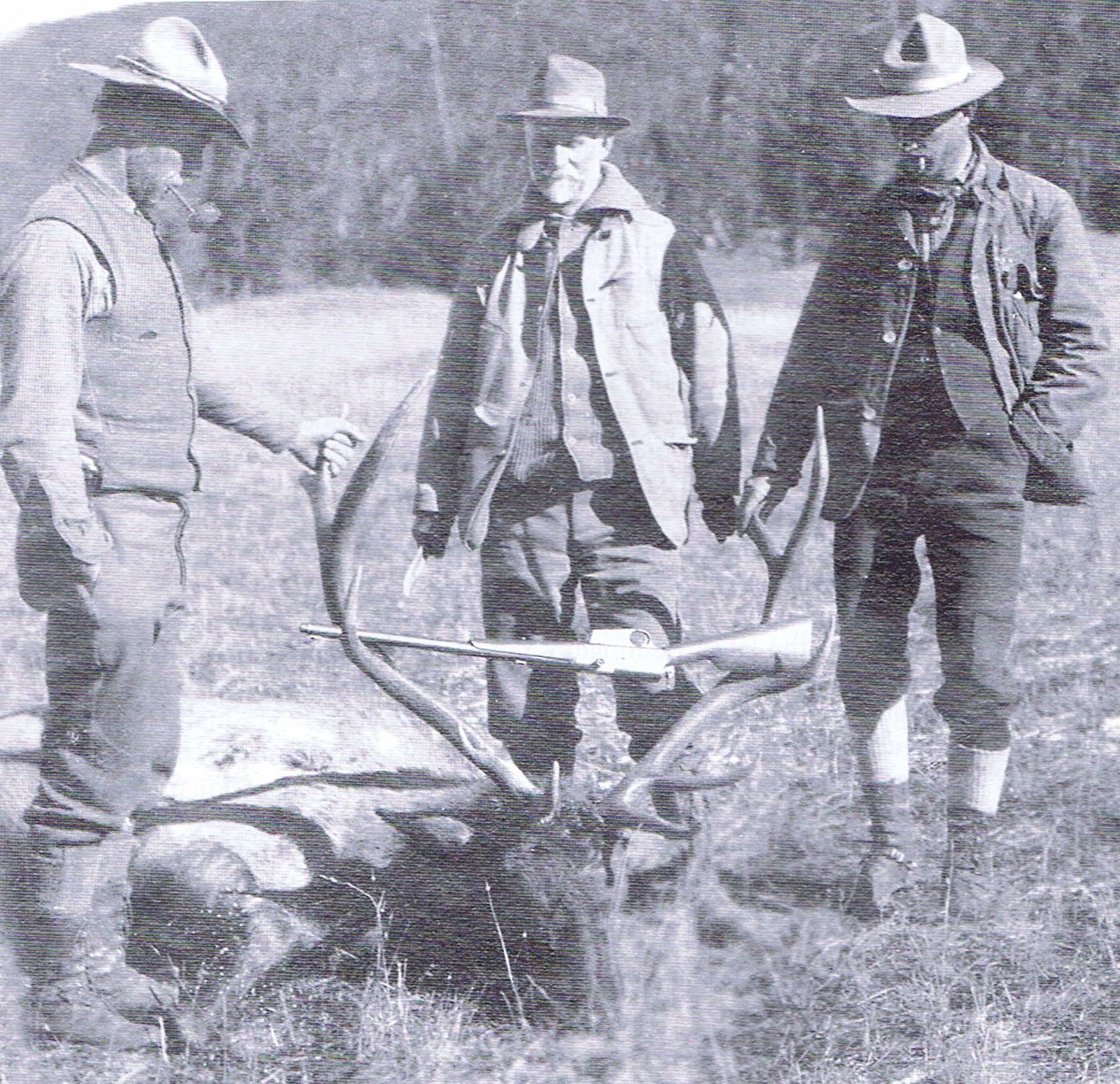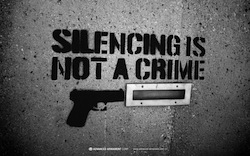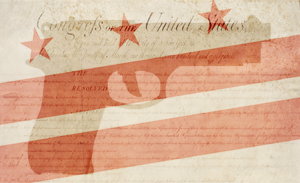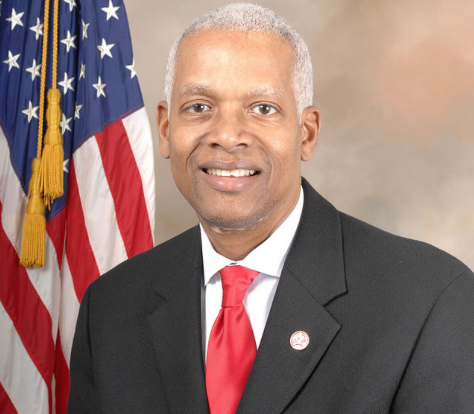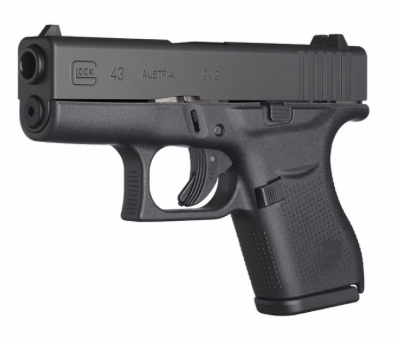Introduction (By Sebastian). I’ve decided that since I’m having more spouts where I’m unbelievably busy these days, I would start taking guests posts from readers who had some writing skills and something to say. If you’d like to take a stab at your own guest post, contact me via e-mail (address on the sidebar) and tell me a bit about what you want to write. We can do submissions anonymously, or with credit. Your choice. This article is from a reader who asked to remain anonymous.
 We recently had a chance to look at CeasefirePA’s financials. The only conclusion you can draw from them is that CeasefirePA is not nearly as mainstream or well supported as they would have anyone think.
We recently had a chance to look at CeasefirePA’s financials. The only conclusion you can draw from them is that CeasefirePA is not nearly as mainstream or well supported as they would have anyone think.
Every non-profit is required to file an IRS Form 990 and to make that form available for inspection. Many can be found on the Internet at sites like www.charitynavigator.com or www.guidestar.com.
CeasefirePA, dutifully filed its forms and we got copies of their filings from 2012, 2013 and 2014.
Like the NRA, CeasefirePA has two different entities, a 501(c)(3) non-profit that is also a charity (to which contributions are tax deductible) and a 501(c)(4) political entity (to which contributions are not tax deductible).
According to CeasefirePA’s 2013 Form 990, their Education Fund – their charity – received 605 individual donations totaling $71,000 in all of calendar year 2012.
By comparison, in that same year, NRA had nearly 200,000 paid members in PA.
To understand how much bigger NRA is in PA alone, Veteran’s Stadium in Philadelphia once held 71,000 people. Lincoln Financial Field holds 69,000 people. The Wells Fargo Center holds 20,000 people for basketball. Citizens Bank Park where the Phillies play holds 43,500 people. NRA’s paid Pennsylvania membership could simultaneously fill all of these facilities to capacity while CeasefirePA’s 2012 paid membership could barely fill your local Cheesecake Factory restaurant.
Collectively, in 2012, CeasefirePA’s board raised $3,000 – a pittance for a board. Most of the rest of their funding (then and now) comes from liberal foundation grants (Heinz, Joyce, William Penn).
In more recent years, they have raised more from their board, but still nothing compared to NRA.
Fast forwarding to calendar year 2013, CeasefirePA reported that they received donations from 766 people totaling $58,280. That’s 161 more people than in 2012. In total. Across the Commonwealth. That’s nearly 2.5 new supporters per county in PA or .79 new paid members per PA General Assembly House District. Way to go! Literally.
In their Form 990s, CeasefirePA tries to make up for this pitiful number of paid members by talking about how many people they send e-mails to – 30,000. Even there, however, NRA’s efforts swamp CeasefirePA’s.
In the 2012 election cycle NRA’s political arm (NRA-ILA) dropped a 715,000 person mailing – physical pieces of mail – to support gun friendly candidates. That mailing reached about 8.5% of the Commonwealth’s 2012 registered voters. And that was just one of the NRA’s activities in Pennsylvania that year.
Next time you meet one of your state legislators, ask them whether they’d rather side with the 766 or the 200,000.



